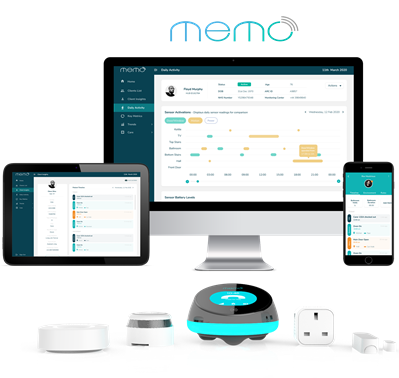Blogs
27 March 2025
Reading Time: 4 mins
Blogs
27 March 2025
Reading Time: 4 mins

Eseye
IoT Hardware and Connectivity Specialists
LinkedInIoT is revolutionizing industries by enabling seamless communication between devices. While data and SMS have traditionally been the foundation of IoT connectivity, voice communication is now emerging as a powerful tool for real-time interaction. With a growing range of secure and cost-effective voice solutions available, IoT deployments are benefiting from enhanced global connectivity.
How IoT is Enhancing Voice Communication

IoT is playing a crucial role in revolutionizing voice communication by providing enhanced connectivity, scalability, and intelligence. Here are some ways that IoT is improving voice solutions:
What are the different types of Voice in IoT?

Voice communication in IoT can take multiple forms, each catering to different use cases. Some of the most common types include:
Eseye’s Voice Solutions
Eseye provides robust and secure voice solutions for IoT, leveraging its globally available AnyNet SIM card and extensive network partnerships.
Case Study: Memo Hub® – Empowering Vulnerable People with IoT and Voice
Alcuris partnered with Eseye for its expertise in multi-network AnyNet 4G cellular IoT and VoLTE connectivity. VoLTE enables Memo Hub to establish a reliable connection between the device and a 24/7 alarm monitoring center, ensuring immediate support for users. With over 99% uptime, the solution offers:

Nick Earle, CEO of Eseye, stated: “This is a significant step in the provision of care and support for independent older and vulnerable people. It’s a potentially life-saving technology, and we are delighted to be a part of this innovative new product and service.”
Read the full case study 🢂
Advantages of Eseye’s Voice Solutions
When Traditional Voice Calls Are Not Supported in IoT
Analogue voice communication depends on circuit-switched networks, which do not always align with the infrastructure and requirements of IoT devices.
Most IoT networks prioritize low-power, high-efficiency communication over traditional voice, which is why standard mobile voice services are often not feasible for IoT applications.
However, IoT-backed voice solutions, such as VoLTE, VoWiFi, and SIP-based communications, offer a viable alternative. These technologies allow IoT devices to make voice calls over data networks rather than traditional telephony infrastructure, ensuring greater flexibility, cost-effectiveness, and reliability for real-time voice communication.
When Voice is Not Supported in IoT: NB-IoT
While voice communication is essential for many IoT applications, it is not always supported. One key example is Narrowband IoT (NB-IoT), which is governed by the 3GPP standard. NB-IoT operates in a narrow band (180 kHz) of the licensed radio spectrum and is designed for massive IoT deployments. However, it does not support voice communications.
Final Thoughts
As voice communication continues to grow in IoT, Eseye stands at the forefront, offering innovative and secure solutions tailored to global businesses. Whether leveraging VoIP for cloud-based interactions, VoLTE for high-quality voice, or VoWiFi for connectivity in challenging environments, Eseye ensures seamless and reliable communication for every IoT need.
For more details on how Eseye’s voice solutions can transform your IoT deployment, book a meeting with an IoT solutions expert today and speak to our team.

Eseye
IoT Hardware and Connectivity Specialists
LinkedInEseye brings decades of end-to-end expertise to integrate and optimise IoT connectivity delivering near 100% uptime. From idea to implementation and beyond, we deliver lasting value from IoT. Nobody does IoT better.